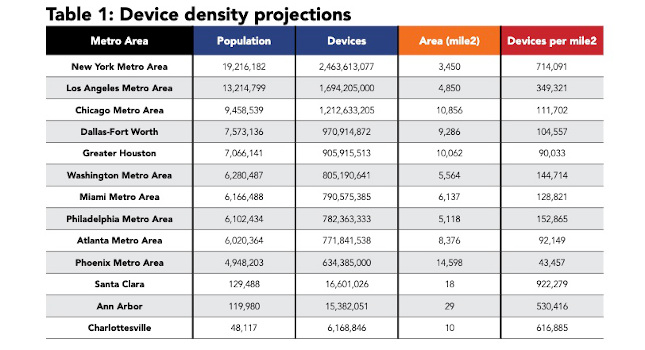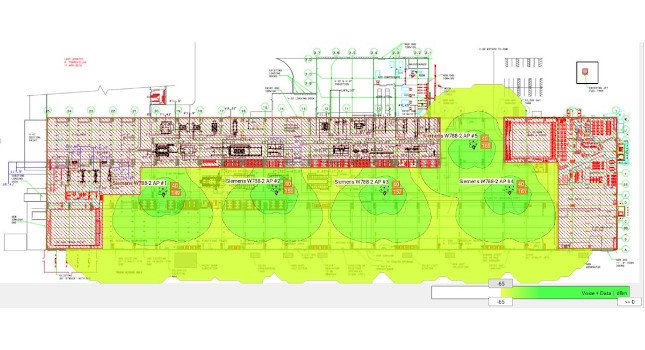Clicking components together like Legos is one vision for how smarter factories will evolve.

Manufacturing the Industrial Internet of Things (IIoT) is being envisioned in many ways. One way to look at it, both for today and into the future, is exactly as a manufacturing project, complete with the simplest building block ever created.
A Lego.
At the Oct. 8 Smart Factory Industry Forum in Chicago, Detlaf Zuhlke, chairman of the executive board of the German-based SmartFactoryKL Technology Initiative, said IIoT concept is still a long way from full implementation. When it does come to pass, Zuhlke said it will take a series of standards and principles that will allow IIoT to be effective in any plant, anywhere.
"Our components will look like standardized building blocks, and you can arrange them as you need to like Lego blocks," Zuhlke told more than 100 industry leaders at the event sponsored by the German-American Chamber of Commerce and held at the Digital Manufacturing and Design Innovation Institute (DMDII). "So you will need fundamental principles."
Getting to those fundamentals will take more time, Zuhlke said. "Today we have to first demonstrate the potential use," Zuhlke said. "We need worldwide standards, and there are different approaches to that. We need solutions for safety and security. Industry wants to have a high level of security. We surely will need training, and we surely will need new business models.
"Digitalization of all of these things will bring us completely new solutions," he added. "It will change our automation world."
Before that change comes, Zuhlke said the manufacturing world needs to continue to evolve from a centralized view of information to a distributed view. I In Manufacturing 2.5, there was one computer behind a glass wall. They were big machines with people wearing white coveralls changing the tapes. In Manufacturing 3.0 there were hundreds of computers, most of them visible. In Manufacturing 4.0, there will be hundreds of thousands of computers. But the most important part is not technological improvement itself; it’s the networking of these computers."
The reality of the ‘Smart Factory’
The Smart Factory Industry Forum focused on the still-evolving Industrial Internet of Things concept, and brought together industry leaders to talk about how that evolution may turn out. Holding the event at DMDII, a manufacturing lab focused on developing new concepts for manufacturing in the digital age, highlighted the efforts of government, academic and technology leaders to forge a vision for IIoT.
That vision may mean different things for different companies today, but most leaders see much more common ground. "It’s changing industry from CAD centric to a data-based industry. It’s providing the right tool for companies to design their machines," said Sean Mulherrin, global product manager, EPlan, at an IIoT panel discussion at the symposium. "You now can easily predict the outcome of the design, visualize the design and validate the design. The machine’s already been proven in a digital environment."
"We’re data rich but information poor," added Mark Beckman, senior business development manager at Microsoft. "We can talk about all things can do with data, but if can’t use it, doesn’t do any good. We’ve got to get data down to the workers. The first step is, how do I collect data? The second step is, how do I start to make it actionable? The third step is, how do I predict things that will happen?"
Many of the challenges around IIoT focus not on the technology, but on the culture change in organizations looking to implement the technology. For global companies such as Bosch Rexroth, it’s a culture change from region to region as well. "As a German-based company, in Germany it’s very systematic and process driven. Bosch doesn’t like anything out the door unless it’s 100%. In the U.S., it’s 80% and we’ll figure out the rest later," said Robert Magnetti, sales director manufacturing solutions, Bosch Software Innovation. "What we see happening in own industry is that in the IIoT world, things change fast. Without suffering on quality, we’ve got to get to market faster."
– Bob Vavra is Plant Engineering content manager, [email protected].



